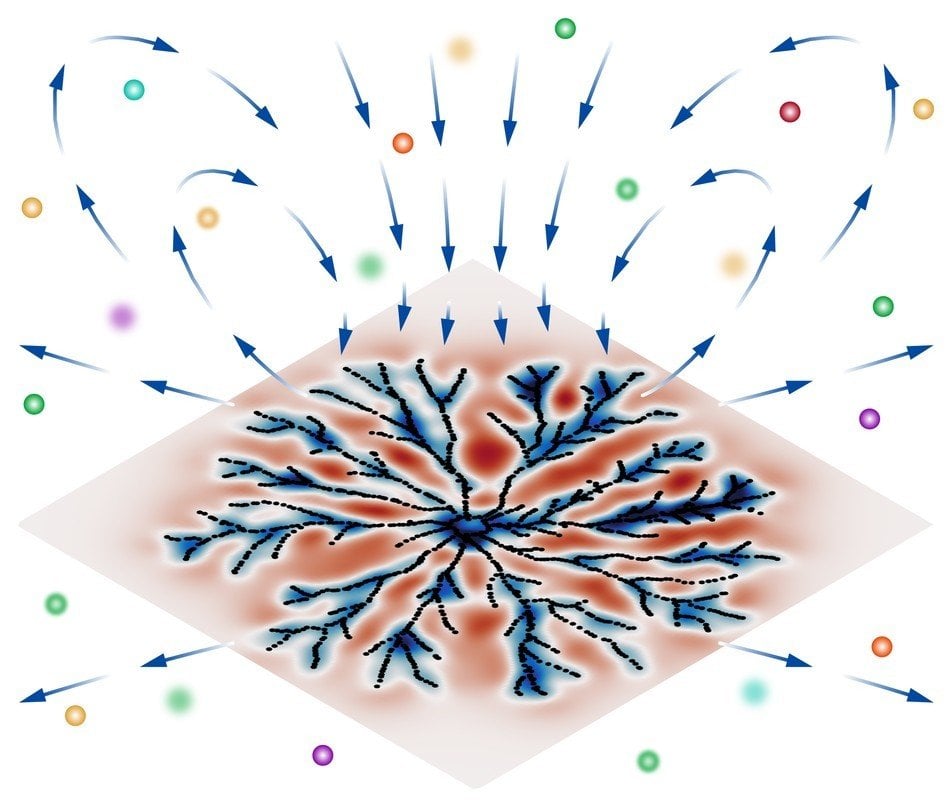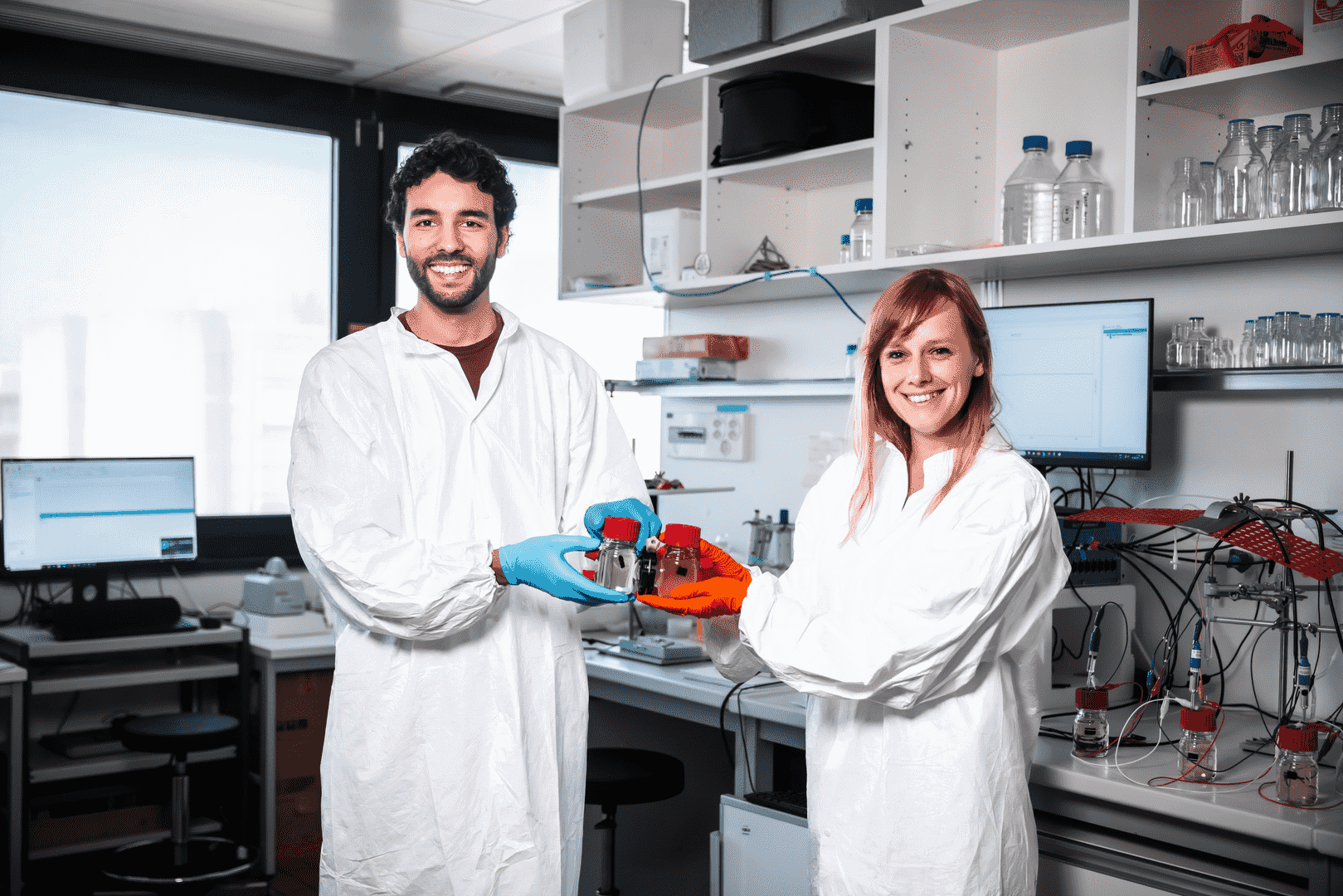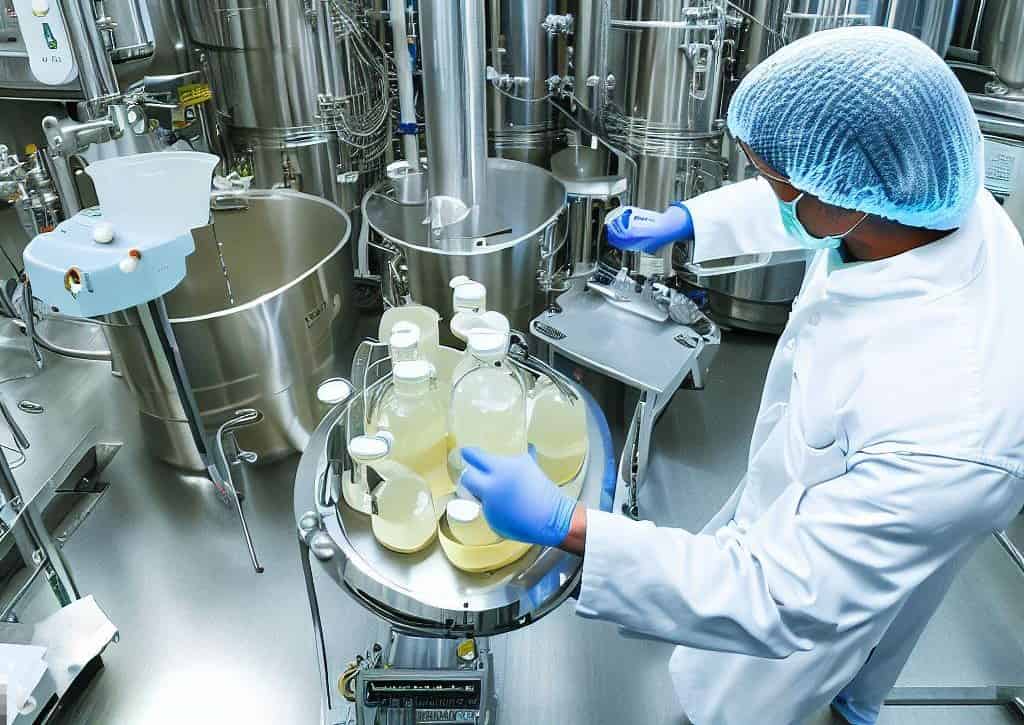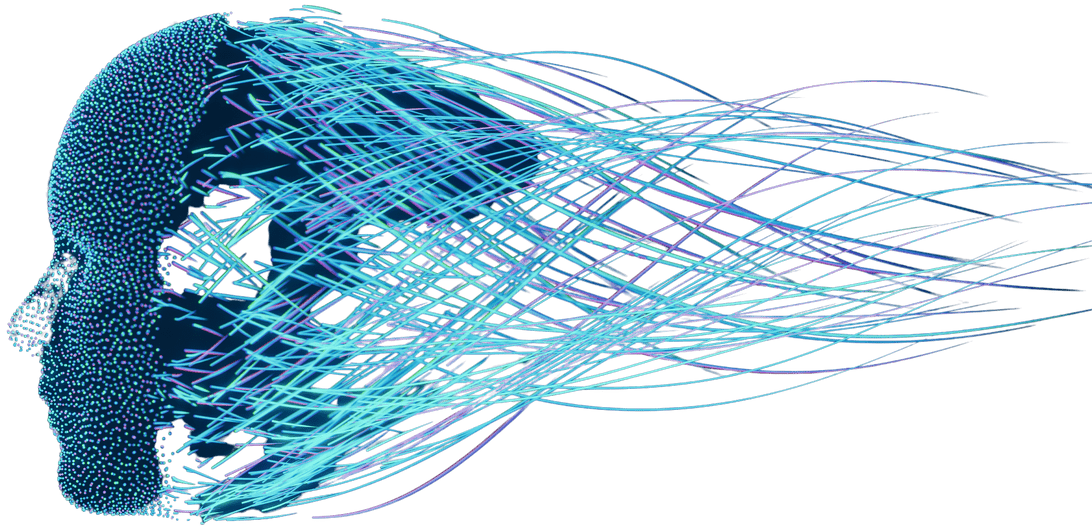
What do ship hulls and teeth have in common? The answer: harmful biofilms can settle on both materials. These rather slimy coatings consist of countless microorganisms. Worst case scenario, they are undesirable bacteria. And these, in turn, can cause some damage. For example, fouling on ship hulls has economic consequences due to the increase in weight and the increased flow resistance. Caries and periodontitis, on the other hand, pose considerable health risks. In order to counteract the formation of harmful biofilms, it is first necessary to understand how they spread. So the central question is: how does their nutrient supply work?
Microbes generate flow
This is exactly what an international research team led by the Heinrich-Heine-University Düsseldorf (HHU) is now investigating. It consisted of members of the Institute for Theoretical Physics II at the HHU, Stanford (USA), Argonne (USA) and Santiago de Chile. The scientists also came from different physical disciplines such as hydrodynamics and biophysics.
Initially, the researchers developed a comprehensive micro-hydrodynamic theory. They then analysed it for different types of motion. The researchers looked at which movement strategies the individual bacteria carried out in order to generate a flow. The microbes used these to ensure that the nutrients were automatically delivered to them. This, in turn, guaranteed their optimal supply. In short: the biofilms generate their own nutrient supply. Through diversity or inhomogeneity in the movements, they generate a flow that is directed towards the biofilm and carries the nutrients with it.
Adaptable result
Prof. Dr. Hartmut Löwen, HHU physicist and co-author of the study, summarizes the reverse conclusion as follows: “If all bacteria perform the same movements, this leads to a standstill of the water flow and thus to their certain death from starvation”. Depending on how the microorganisms move, certain patterns develop on the biofilms. These can be used to control the flow of nutrients. Thus it is possible to destroy bacterial colonies without poison by disturbing the inflow. On the other hand, with the desired biofilms, it is also conceivable to promote intelligent cooperation between the microorganisms. This would guarantee an extensive food supply.
By the way, this principle is not limited to bacteria. It also applies to microrobots or “artificial swimmers”. The latter are particles that are set in motion by fuels. They could, for example, be used to transport drugs in the human body to the desired destination.
The scientists’ original publication appeared in issue 121 of Physical Review Letters. A. J. T. M. Mathijssen, F. Guzman-Lastra, A. Kaiser, H. Löwen, Nutrient transport driven by microbial active carpets, Physical Review Letters 121, 248101 (2018).
Picture above: Movement pattern on a flat biofilm (coloured blue-red) and thus generated flow lines from the solvent (blue), which provide for the transport of nutrients (coloured balls). Stanford University / Arnold J. T. M. Mathijssen







